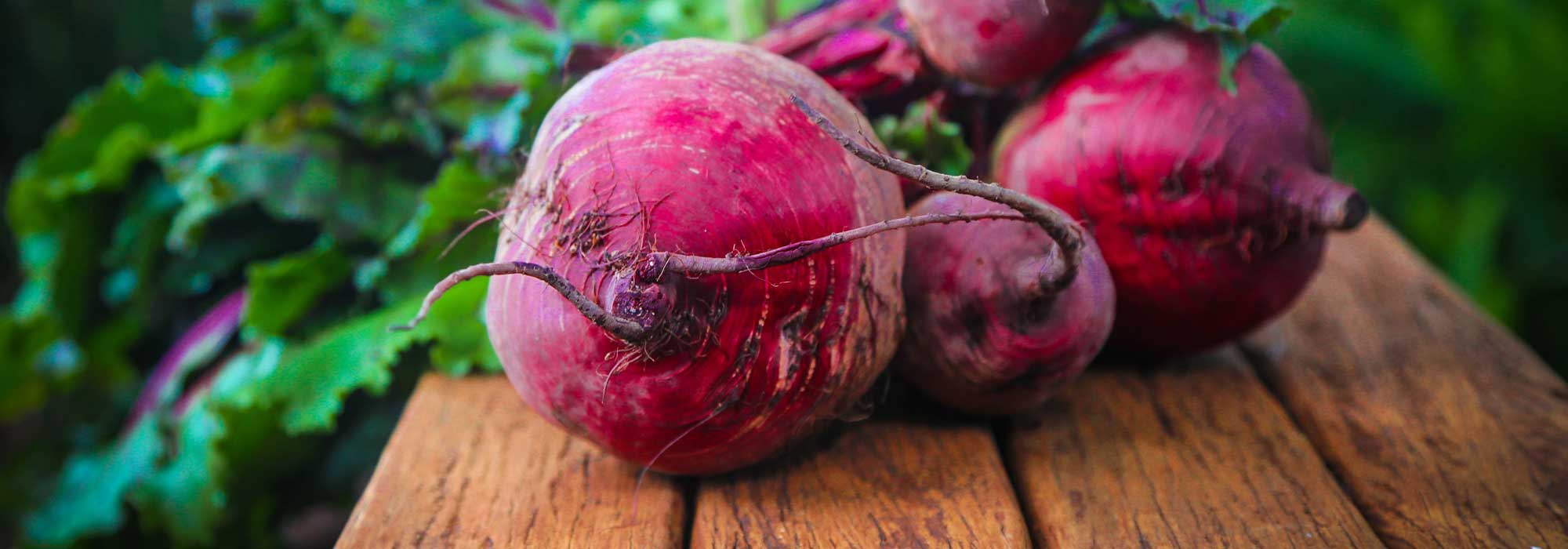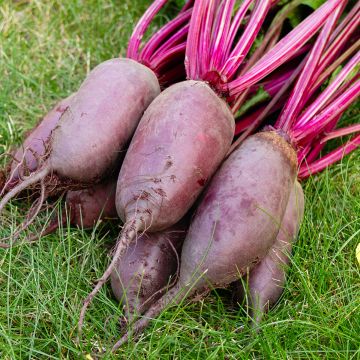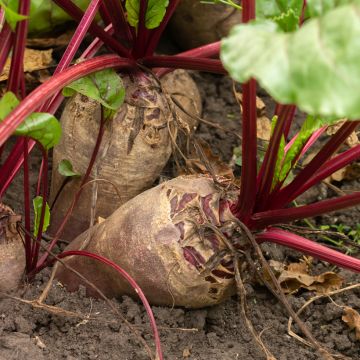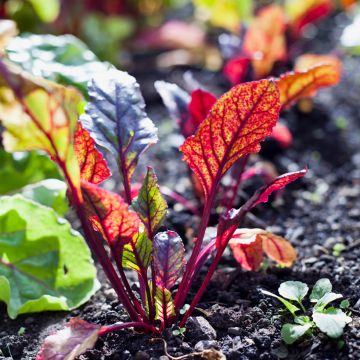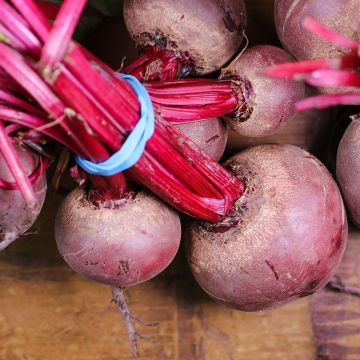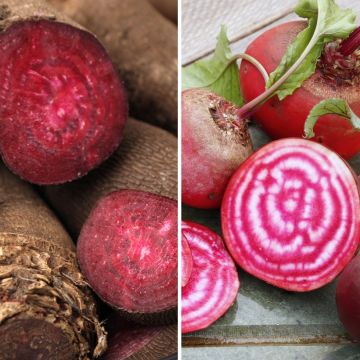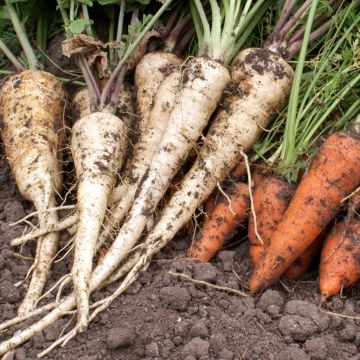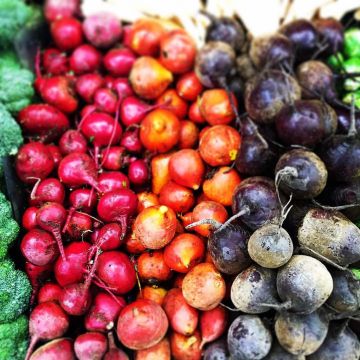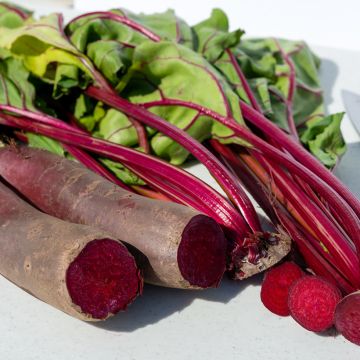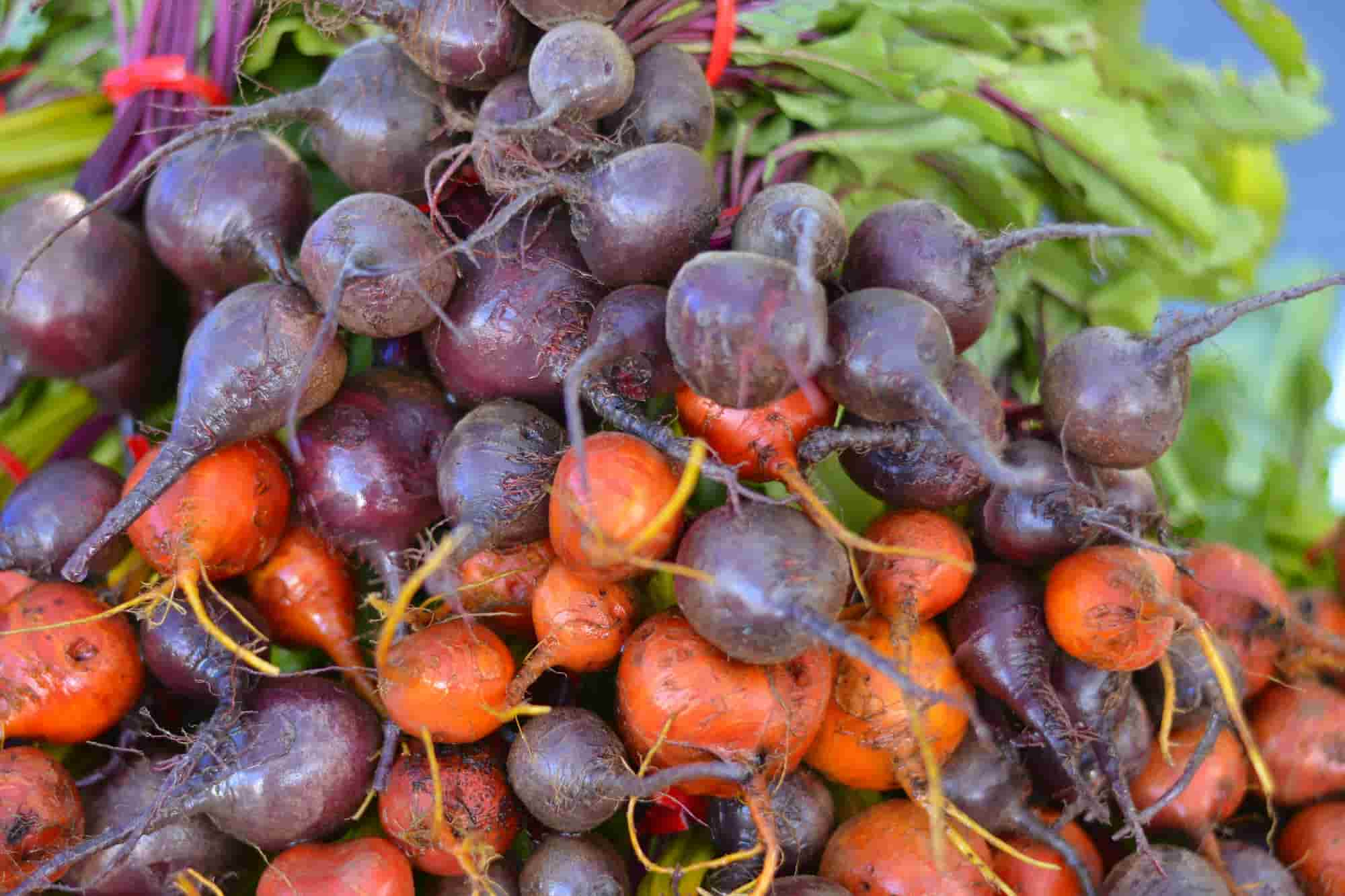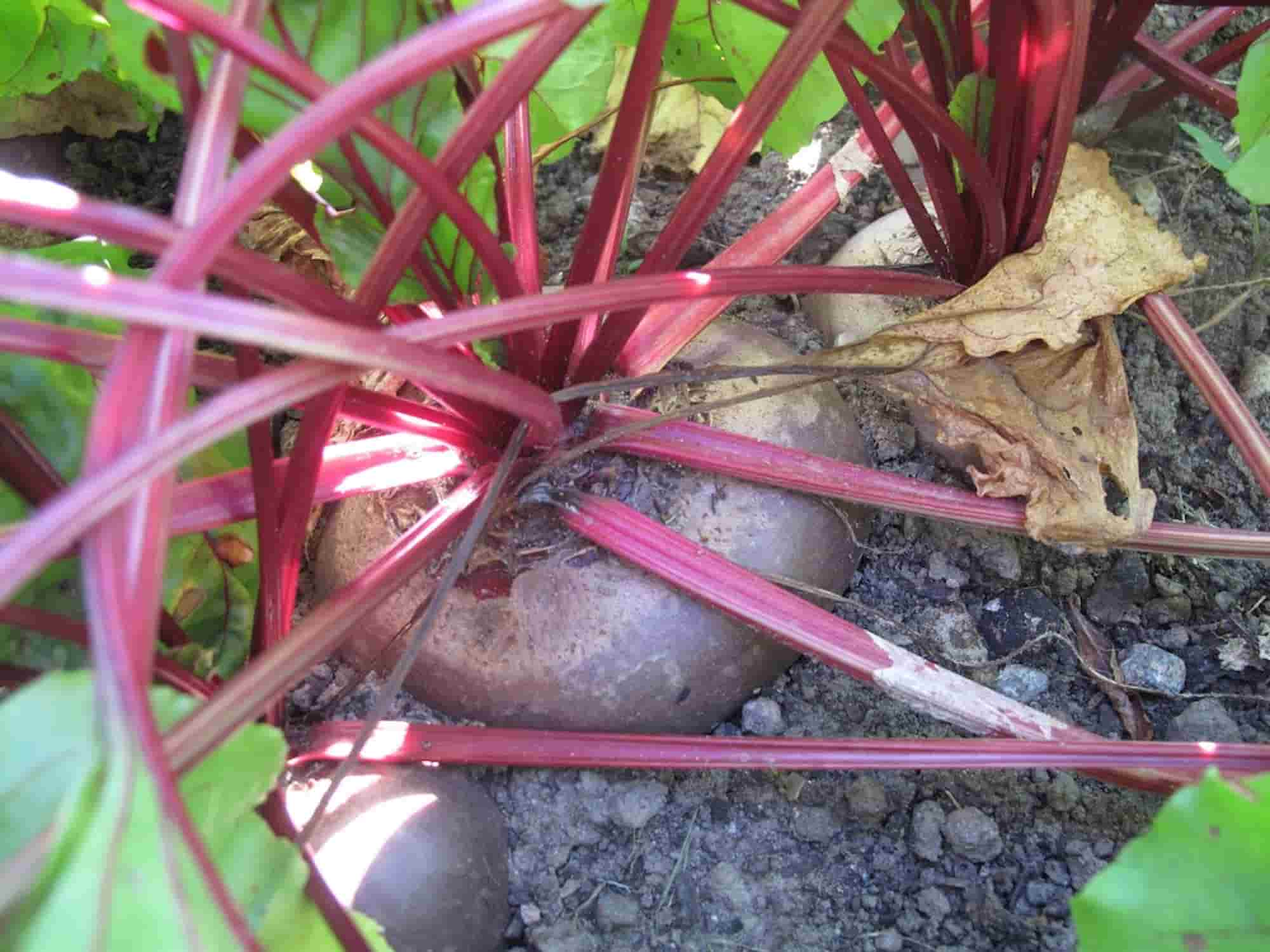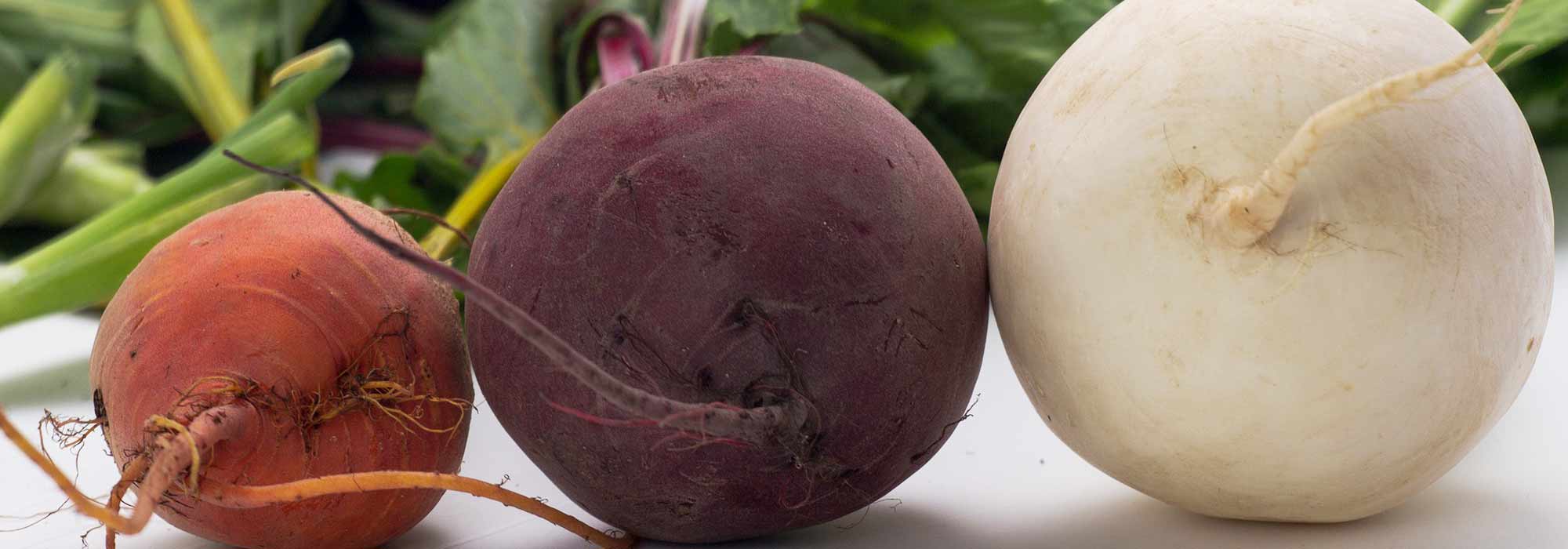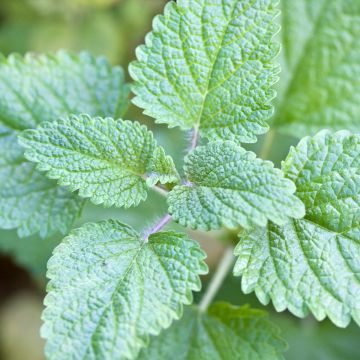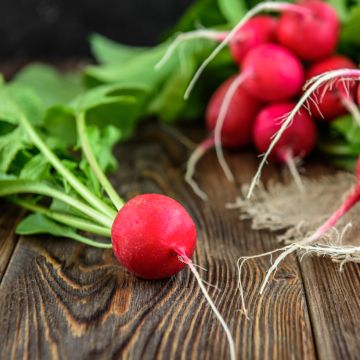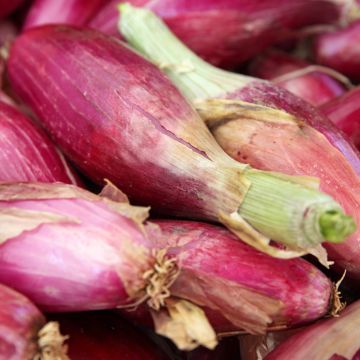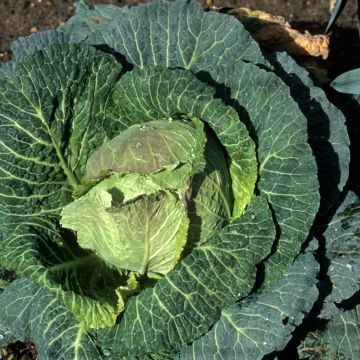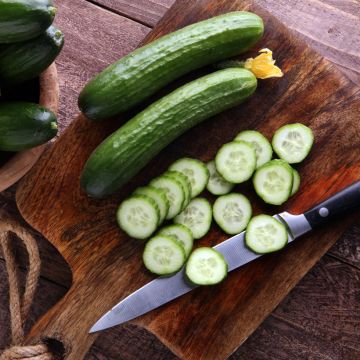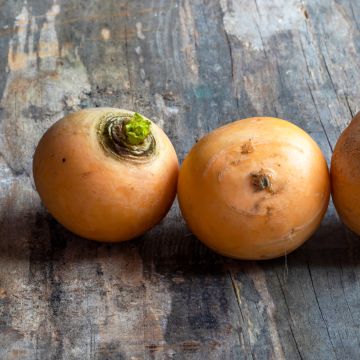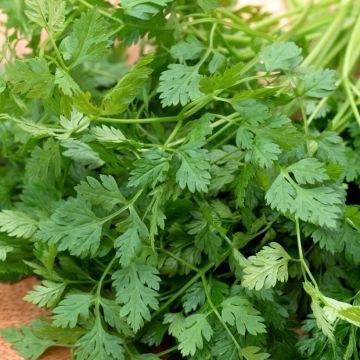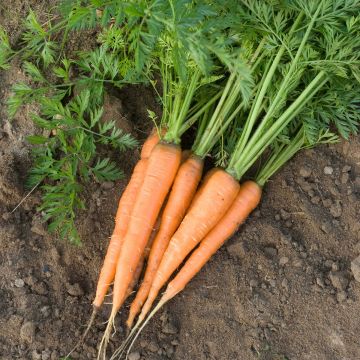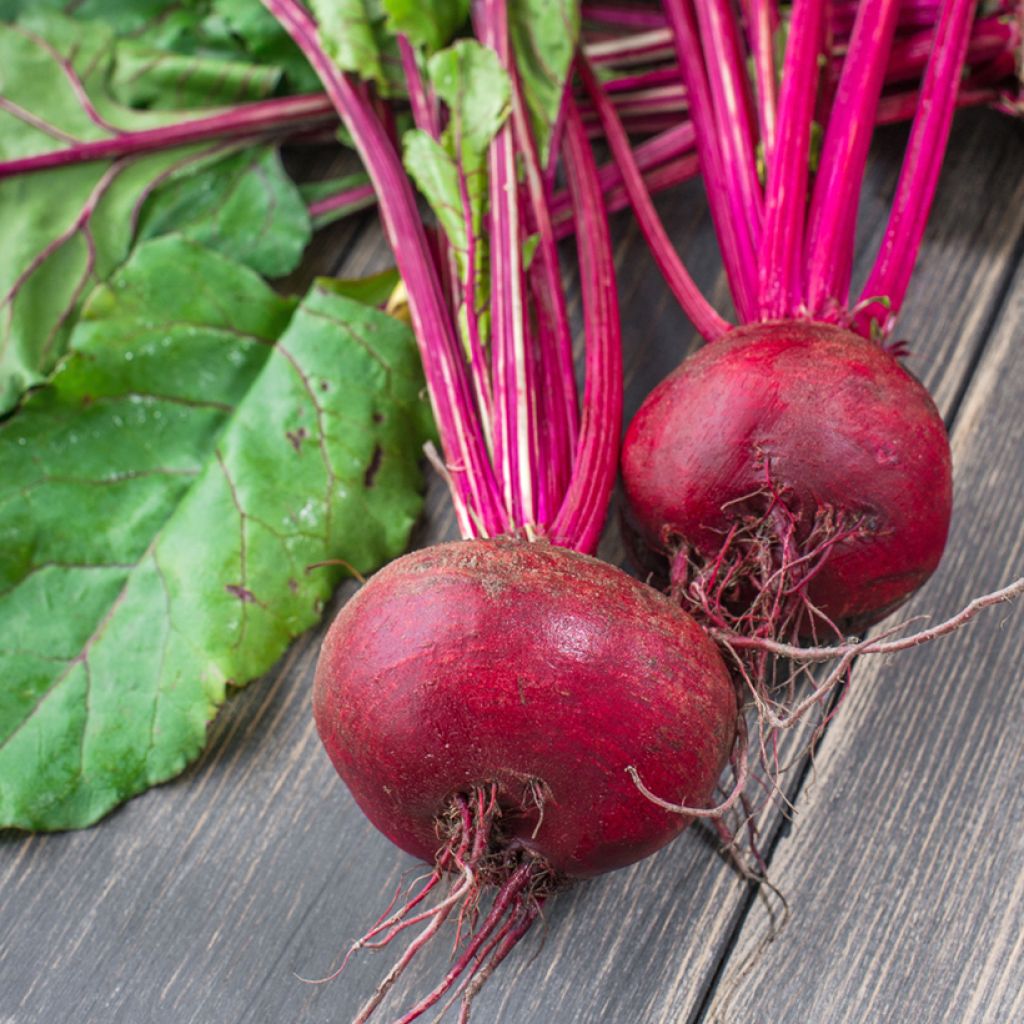

Flat of Egypt Beetroot - Vilmoron Seeds


Flat of Egypt Beetroot - Vilmoron Seeds
Flat of Egypt Beetroot - Vilmoron Seeds
Beta vulgaris Egypte
Kahira, Egyptian Beetroot
Not yet sown, awaiting the outcome. Thank you.
jean-pierre benard, 02/05/2016
Special offer!
Receive a €20 voucher for any order over €90 (excluding delivery costs, credit notes, and plastic-free options)!
1- Add your favorite plants to your cart.
2- Once you have reached €90, confirm your order (you can even choose the delivery date!).
3- As soon as your order is shipped, you will receive an email containing your voucher code, valid for 3 months (90 days).
Your voucher is unique and can only be used once, for any order with a minimum value of €20, excluding delivery costs.
Can be combined with other current offers, non-divisible and non-refundable.
Home or relay delivery (depending on size and destination)
Schedule delivery date,
and select date in basket
This plant carries a 6 months recovery warranty
More information
We guarantee the quality of our plants for a full growing cycle, and will replace at our expense any plant that fails to recover under normal climatic and planting conditions.
Description
'Flat of Egypt' is a very early season Egyptian heirloom beetroot. The round, flattened roots grow virtually above ground, as if waiting to be picked. The smooth skin encloses dark red, juicy, flavoursome flesh that is best eaten raw. It holds its shape well when roasted or steamed. This exceptionally heat-resistant variety is slow bolting. Sow when frosts are no longer to be feared, germination usually takes 8 to 10 days.
Beets are biennial vegetables. During the first year, nutrients are stored in the root. During the second year, the plant draws from its food reserve to produce flowers and seeds. The edible root is harvested in the first year; if you want to grow your own seeds, you will have to wait until the following year and set aside a few plants for this purpose. Beets come in a variety of shapes and colours. They can be red, white, yellow, orange or pink, spherical, elongated, oval etc. The carbohydrate content often differs from one variety to the next.
Beets fall into three main categories, namely:
- Common or red beetroots, the type usually found in vegetable gardens
- Sugar beets, grown on a larger scale for the sugar industry
- "Mangel-wurzel" beets or Fodder beets, generally grown for livestock
Although they are famous for their high carb content, beets are packed with essential vitamins and minerals including potassium. The leaves, with their pretty dark red veining, can be eaten like spinach or baby greens. Make sure to pick them whilst they are still young and tender.
Storage: pick the beets carefully then leave them to dry for a whole day outdoors, preferably in the shade. If you wish to keep them over winter, store in a cool, dark place (a cellar is perfect). Burying the beets under a layer of dry sand will help preserve their flavour and texture.
Good to know: Beets do best in full sun, in loose, fertile soil. Mulching will help keep the soil moist whilst limiting weed growth.
NB. Organic seeds (in French "AB" for "Agriculture Biologique") are produced from plants that aren't treated with phytosanitary products (insecticides, weed killers). The seeds do not undergo post-harvest treatment. They carry the AB label and are approved by Ecocert, an independent structure.
Harvest
Plant habit
Foliage
Botanical data
Beta
vulgaris
Egypte
Chenopodiaceae
Kahira, Egyptian Beetroot
Cultivar or hybrid
Annual
Other Beetroot seeds
View all →Planting and care
Sowing:
For early crops: sow in trays from late February to April. Beetroot seeds are gathered in clusters or seed capsules of 2-3 seeds. Transplant the seedlings once it is safe to sow your first beets outdoors, generally mid-April. When the seedlings have reached 10 cm and/or the five leaf stage, they are ready to be planted out. Select the most vigorous ones and plant them about 20-25 cm apart. Harvest from May to July.
For seasonal crops: direct sow from mid-April to July. Beets like cool, loose soil. Start by breaking up the soil with a rake. Beets respond well to a healthy dose of potash. If necessary, try amending the soil with a little wood ash. Then add manure or well-rotted compost in the furrows. Once the seedlings have reached 10 cm and/or the 5 leaf stage, thin them out by keeping one vigorous seedling every 20-25 cm. Harvest from July to October.
Care: Beets are hardy and are usually free from pests and diseases. Water regularly in hot, dry weather to prevent the root from becoming tough and woody. Avoid planting too close to leeks. On the other hand, lettuce, onions or radishes make excellent companion plants to beets.
Harvesting: When thinning out the young plants in Spring, don’t discard the tender leaves: prepare them as you would loose-leaf lettuce or spinach. Crops sown in April will be ready to pick in July. Stagger your sowing until July for harvests until October.
Seedlings
Care
Intended location
Planting & care advice
-
, onOrder confirmed
Reply from on Promesse de fleurs
Similar products
Haven't found what you were looking for?
Hardiness is the lowest winter temperature a plant can endure without suffering serious damage or even dying. However, hardiness is affected by location (a sheltered area, such as a patio), protection (winter cover) and soil type (hardiness is improved by well-drained soil).

Photo Sharing Terms & Conditions
In order to encourage gardeners to interact and share their experiences, Promesse de fleurs offers various media enabling content to be uploaded onto its Site - in particular via the ‘Photo sharing’ module.
The User agrees to refrain from:
- Posting any content that is illegal, prejudicial, insulting, racist, inciteful to hatred, revisionist, contrary to public decency, that infringes on privacy or on the privacy rights of third parties, in particular the publicity rights of persons and goods, intellectual property rights, or the right to privacy.
- Submitting content on behalf of a third party;
- Impersonate the identity of a third party and/or publish any personal information about a third party;
In general, the User undertakes to refrain from any unethical behaviour.
All Content (in particular text, comments, files, images, photos, videos, creative works, etc.), which may be subject to property or intellectual property rights, image or other private rights, shall remain the property of the User, subject to the limited rights granted by the terms of the licence granted by Promesse de fleurs as stated below. Users are at liberty to publish or not to publish such Content on the Site, notably via the ‘Photo Sharing’ facility, and accept that this Content shall be made public and freely accessible, notably on the Internet.
Users further acknowledge, undertake to have ,and guarantee that they hold all necessary rights and permissions to publish such material on the Site, in particular with regard to the legislation in force pertaining to any privacy, property, intellectual property, image, or contractual rights, or rights of any other nature. By publishing such Content on the Site, Users acknowledge accepting full liability as publishers of the Content within the meaning of the law, and grant Promesse de fleurs, free of charge, an inclusive, worldwide licence for the said Content for the entire duration of its publication, including all reproduction, representation, up/downloading, displaying, performing, transmission, and storage rights.
Users also grant permission for their name to be linked to the Content and accept that this link may not always be made available.
By engaging in posting material, Users consent to their Content becoming automatically accessible on the Internet, in particular on other sites and/or blogs and/or web pages of the Promesse de fleurs site, including in particular social pages and the Promesse de fleurs catalogue.
Users may secure the removal of entrusted content free of charge by issuing a simple request via our contact form.
The flowering period indicated on our website applies to countries and regions located in USDA zone 8 (France, the United Kingdom, Ireland, the Netherlands, etc.)
It will vary according to where you live:
- In zones 9 to 10 (Italy, Spain, Greece, etc.), flowering will occur about 2 to 4 weeks earlier.
- In zones 6 to 7 (Germany, Poland, Slovenia, and lower mountainous regions), flowering will be delayed by 2 to 3 weeks.
- In zone 5 (Central Europe, Scandinavia), blooming will be delayed by 3 to 5 weeks.
In temperate climates, pruning of spring-flowering shrubs (forsythia, spireas, etc.) should be done just after flowering.
Pruning of summer-flowering shrubs (Indian Lilac, Perovskia, etc.) can be done in winter or spring.
In cold regions as well as with frost-sensitive plants, avoid pruning too early when severe frosts may still occur.
The planting period indicated on our website applies to countries and regions located in USDA zone 8 (France, United Kingdom, Ireland, Netherlands).
It will vary according to where you live:
- In Mediterranean zones (Marseille, Madrid, Milan, etc.), autumn and winter are the best planting periods.
- In continental zones (Strasbourg, Munich, Vienna, etc.), delay planting by 2 to 3 weeks in spring and bring it forward by 2 to 4 weeks in autumn.
- In mountainous regions (the Alps, Pyrenees, Carpathians, etc.), it is best to plant in late spring (May-June) or late summer (August-September).
The harvesting period indicated on our website applies to countries and regions in USDA zone 8 (France, England, Ireland, the Netherlands).
In colder areas (Scandinavia, Poland, Austria...) fruit and vegetable harvests are likely to be delayed by 3-4 weeks.
In warmer areas (Italy, Spain, Greece, etc.), harvesting will probably take place earlier, depending on weather conditions.
The sowing periods indicated on our website apply to countries and regions within USDA Zone 8 (France, UK, Ireland, Netherlands).
In colder areas (Scandinavia, Poland, Austria...), delay any outdoor sowing by 3-4 weeks, or sow under glass.
In warmer climes (Italy, Spain, Greece, etc.), bring outdoor sowing forward by a few weeks.






























